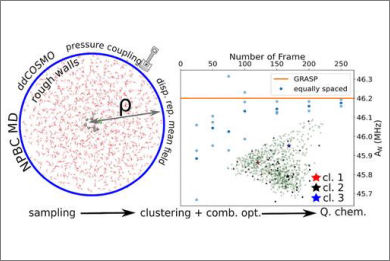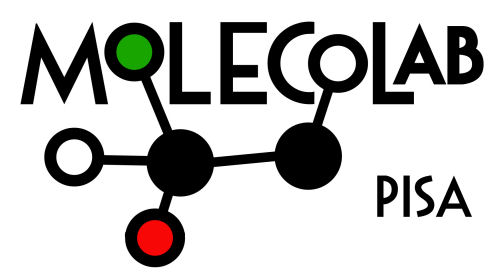
Multiscale methods combining quantum mechanics and molecular mechanics (QM/MM) have become the most suitable and effective strategies for the investigation of the spectroscopic properties of medium-to-large size chromophores in condensed phases. In this context, we are developing a novel workflow aimed at improving the generality, reliability, and ease of use of the available computational tools. In this paper, we report our latest developments with specific reference to a general protocol based on atomistic simulations, carried out under nonperiodic boundary conditions (NPBC). In particular, we add to our in house MD engine a new efficient treatment of mean field electrostatic contributions to energy and forces, together with the capability of performing the simulations either in the canonical (NVT) or in the isothermal–isobaric (NPT) ensemble. Next, we provide convincing evidence that the NBPC approach enhanced by specific tweaks for rigid body propagation, allows for the simulation of solute–solvent systems with a minimum number of degrees of freedom and large integration time step. After its validation, this new approach is applied to the challenging case of solvatochromic effects on the electron paramagnetic resonance (EPR) spectrum of a prototypical nitroxide radical. To this end, we propose and validate also an automated protocol to extract and weight simulation snapshots, making use of a continuous description of the strength of solute–solvent hydrogen bridges. While further developments are being worked on, the effectiveness of our approach, even in its present form, is demonstrated by the accuracy of the results obtained through an unsupervised approach characterized by a strongly reduced computational cost as compared to that of conventional QM/MM models, without any appreciable deterioration of accuracy.
Mancini, G.; Fusè, M.; Lipparini, F.; Nottoli, M.; Scalmani, G. & Barone, V.
J. Chem. Theory Comput. 18,2479-2493 (2022) https://doi.org/10.1021/acs.jctc.2c00046

